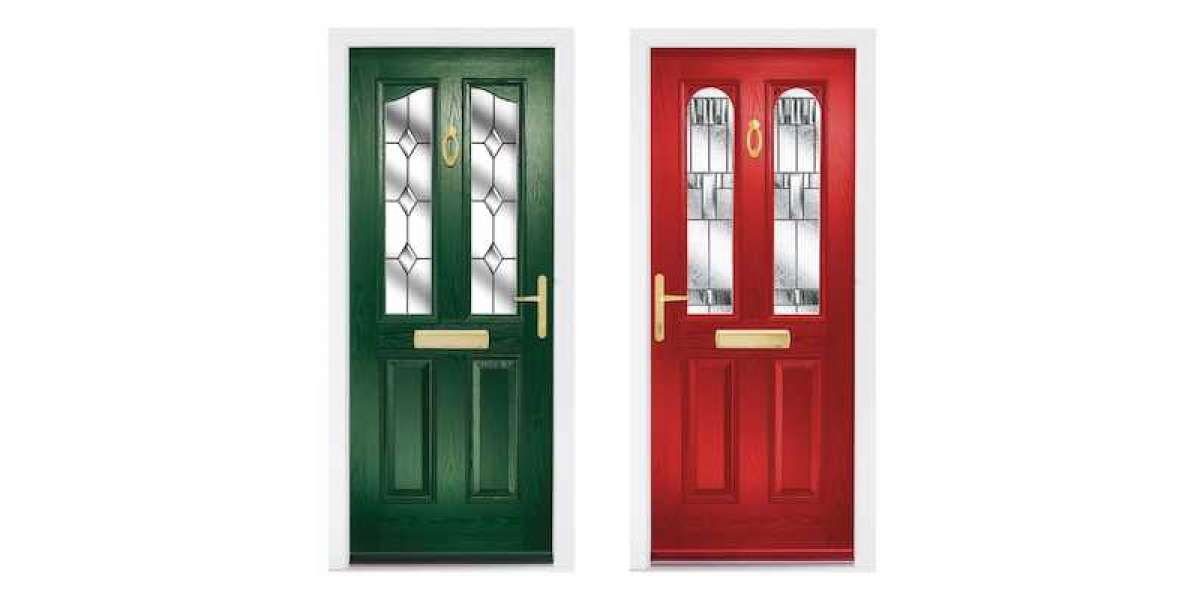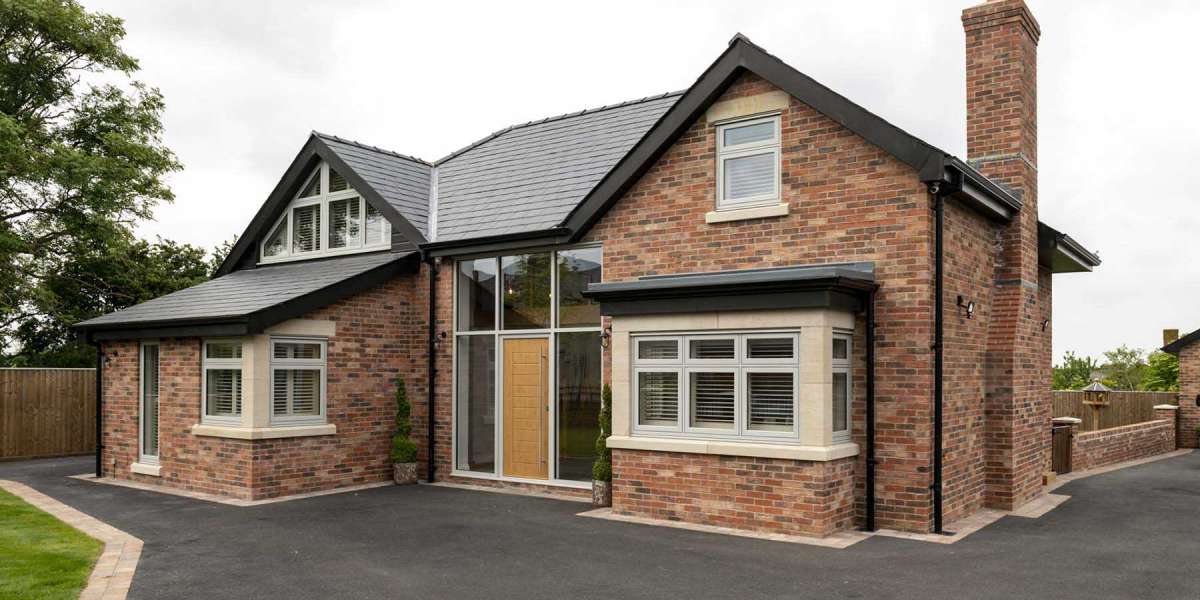Professional Composite Door Repair: A Comprehensive Guide
Composite doors, understood for their sturdiness, security, and aesthetic appeal, are a popular choice for homeowners. Nevertheless, like any other door, they can experience wear and tear gradually. Professional composite door repair is vital to keep the performance and appearance of these doors. This short article supplies an in-depth guide on professional composite door repair, including typical problems, repair methods, and maintenance ideas.

Understanding Composite Doors
Composite doors are made from a combination of products, typically including wood, plastic, and in some cases metal. This mix deals several advantages:

- Durability: Composite doors are resistant to warping, cracking, and decomposing.
- Security: They are extremely secure due to their robust construction and multi-point locking systems.
- Energy Efficiency: The materials used in composite door Repair Techniques doors provide exceptional insulation, helping to minimize heating and cooling costs.
- Looks: They can imitate the look of standard wood doors while needing less maintenance.
Typical Composite Door Issues
Before delving into repair approaches, it's important to recognize typical problems that may require professional attention:
- Cracks and Chips: Minor damage can occur due to impact or weathering.
- Deformed Panels: Exposure to severe temperature levels or humidity can trigger panels to warp.
- Locking Mechanism Problems: The locking system can become faulty, impacting the door's security.
- Seal Deterioration: The weatherstripping and seals can wear out, resulting in drafts and energy loss.
- Hinge Issues: Loose or rusted hinges can impact the door's positioning and operation.
Professional Repair Methods
When it comes to composite door repair, professional competence is frequently required to ensure the task is done correctly. Here are some typical repair approaches:
Repairing Cracks and Chips
- Assessment: A professional will evaluate the level of the damage to figure out if a repair is feasible.
- Preparation: The damaged area is cleaned and prepared for repair.
- Filling: A specialized filler is used to fill in the fractures or chips.
- Finishing: The fixed location is sanded smooth and painted or stained to match the remainder of the door.
Resolving Warped Panels
- Medical diagnosis: A professional will determine the reason for the warping, which could be due to wetness or temperature modifications.
- Modification: In some cases, the door can be adapted to fix the alignment.
- Replacement: If the warping is extreme, the panel or the entire door may need to be replaced.
Repairing Locking Mechanism Problems
- Examination: The locking mechanism is thoroughly examined to identify the problem.
- Lubrication: Moving parts are lubed to make sure smooth operation.
- Replacement: Faulty components are replaced with brand-new ones.
- Evaluating: The lock is checked to guarantee it functions correctly.
Changing Seals and Weatherstripping
- Removal: Old, degraded seals are carefully gotten rid of.
- Measurement: New seals are determined and cut to fit the door.
- Installation: The brand-new seals are set up, guaranteeing a tight fit.
- Sealing: Any gaps are sealed to prevent drafts and moisture invasion.
Handling Hinge Issues
- Tightening: Loose hinges are tightened with screws.
- Lubrication: Hinges are lubed to decrease friction and noise.
- Replacement: If hinges are badly rusted or damaged, they are replaced with new ones.
Maintenance Tips
Regular maintenance can substantially extend the life of a composite door and prevent the need for significant repairs. Here are some maintenance suggestions:
- Clean Regularly: Use a moderate cleaning agent and water to clean up the door surface area.
- Check Seals: Check the weatherstripping and seals for wear and tear.
- Lubricate Moving Parts: Apply lubricant to hinges and the locking mechanism.
- Look for Damage: Regularly check the door for signs of damage and address concerns quickly.
- Keep Proper Alignment: Ensure the door is appropriately lined up to prevent warping and sticking.
FAQs
Q: How often should I have my composite door expertly checked?A: It is recommended to have your composite door checked a minimum of when a year by a professional to identify and address any prospective problems.
Q: Can I repair minor damage to a emergency composite door repair door myself?A: Minor damage such as little cracks or chips can typically be repaired with a DIY technique utilizing a suitable filler and paint. However, more substantial issues should be dealt with by a professional.
Q: What are the indications that my composite door requires to be changed?A: Signs that your composite door may require to be changed consist of extreme warping, comprehensive damage, malfunctioning locks, and substantial energy loss.
Q: How can I prevent my high-quality composite door repairs door from contorting?A: To prevent warping, ensure the door is appropriately sealed, maintain a consistent indoor temperature level, and prevent exposing the door to excessive moisture.
Q: Are local composite door repairs doors more secure than conventional wood doors?A: Yes, composite doors are usually more secure due to their robust construction and multi-point locking systems.
Professional composite door repair is crucial for maintaining the functionality, security, and aesthetic appeal of these premium doors. By comprehending typical concerns, repair techniques, and maintenance ideas, property owners can ensure their composite door repair crew doors remain in outstanding condition for several years to come. Regular professional examinations and timely attention to any concerns can help prevent major issues and extend the life of the door.
If you believe that your composite door requires repair, it's constantly best to seek advice from with a professional who has the competence and tools to handle the task successfully.








